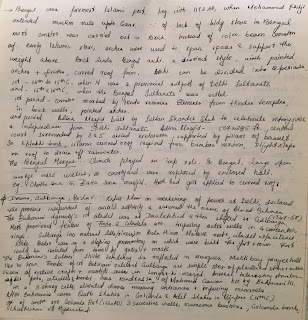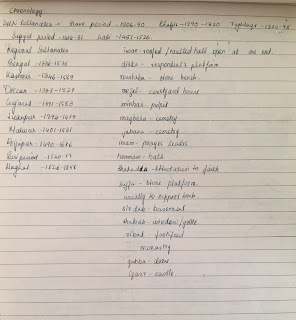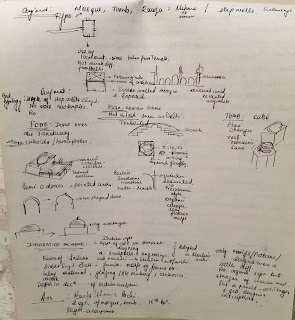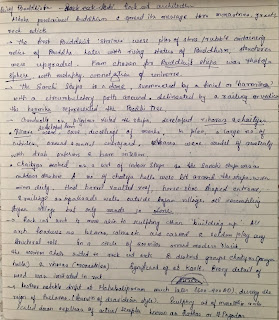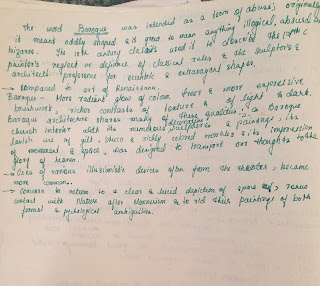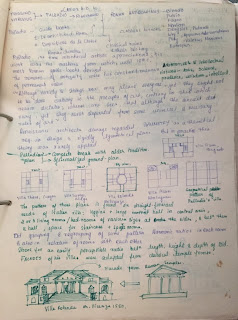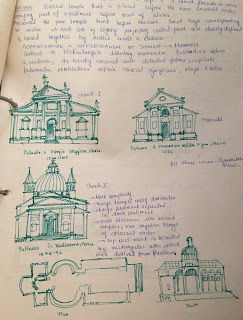This post contains notes on the rise of European cities in the twelfth and thirteenth centuries. Keep reading to get complete information about the factors that influenced the rise of the European cities.
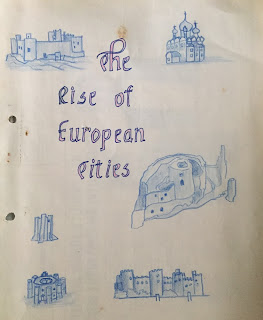 |
| Rise of European Cities |
Twelfth Century
Summary Chart
1100-1200 AD
- Events and Developments
- Strong centralized government under monarchs, notably in England and France.
- Increase in population; large scale cultivation of new land.
- Revolt by Byzantine ruled Bulgars (1185)
- Growth of Russian culture, influenced by priests, teachers, artists and architects from Byzantium
- By 1200 most cities Byzantine in character, law based on Byzantine
- Economic and political decline of Byzantium; trade lost to Venice and Genoa; frequent military defeats and consequent reduction of territory.
- People
- Pierre Abelard, French theologian (1079-1142)
- Fredrick Barbarossa, Holy Roman Emperor (1155-90)
- Thomas Becket, Archbishop of Canterbury (1162-70)
- Technology
- Increasing use of windmill
- Simple steering oar replaced by stem-post rudder
- Manufacture of silk, Sicily
- Paper making introduced
- Woodcuts used for initial letters
- First arrival of Chinese porcelain in Middle East
- Religion
- Success of cistercian order; abbeys built all over Europe
- 2nd (1147) and 3rd (1182-92) Crusades directed against Muslims
- Spread of Latin Christianity in Eastern Europe with decline of Byzantine Empire
- Architecture
- Church of St. Denis; Chatres Cathedral; Chateau Gillard, France
- Cathedrals of Monreale and Cefalu; Sicily
- Cathedral of St. George; Novgorod
- Stone Churches, Suzdalia; Cathedral of the Dormition, Vladimir
- Art and Music
- Sculptures by Gislebertus, Autun Cathedral; France
- Mosaics at Monreale, Sicily
- Music in two to four parts developed at Notre Dame, Paris
- Byzantine style wall paintings, Church of Nativity, Bethlehem
- Virgin of Vladimir icon - a strong influence on Russian painting after its arrival in Kiev from Constantinople
- Literature and learning
- Toledo, Spain, centre for translation of ancient texts
- Universities growing at Paris and Oxford; law schools at Pavia and Bologna
- Birth of Russian literature marked by 'The Campaign of Igor' as epic prose poem
- Chronicle of Kiev, Russian historical work
 |
| Page 01 Rise of European Cities - 12th Century |
 |
| Page 02 Rise of European Cities - 12th Century |
 |
| Page 03 Rise of European Cities - 12th Century |
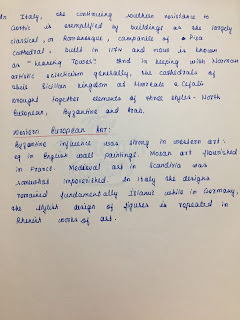 |
| Page 04 Rise of European Cities - 12th Century |
Thirteenth Century
Summary Chart
1200-1300 AD
Western Europe
- Events and Developments
- France most powerful, advanced state
- John of England's Magna Carta (1215)
- Decline of Holy Roman Empire; concession of power in Germany to princes
- Christian reconquest of Spain complete
- Commercial dominance of north Italian city states
- Formation of Hanseatic League, commercial and political alliance of Germanic towns
- Erosion of Feudalism
- People
- Fredrick II, Holy Roman Emperor 1215-50
- Louis IX, French King 1226-70
- St. Thomas Aquinas, medieval philosopher
- Roger Bacon, English Scientist
- Marco Polo, Italian traveller
- Technology
- Introduction of cog (type of cargo vessel)
- Invention of wheel barrow
- Spectacles, spinning wheel in common use
- Minting of gold coins in Italy
- Religion
- Authority of Popes confirmed by 4th Lateran council (1215)
- Declaration of Albigensian Crusade by Pope Innocent III
- Flowering of Catholic Scholastic theology under Albertus Magnus and Thomas Aquinas
- Last phase of Crusades in Holy Land
- Architecture
- Rheims, Amiens Cathedrals, Churches of Notre Dame and Saint Chapelle, Paris
- Florence, Siena Cathedrals, CAstel del Monte
- Welsh Castles
- Cologne Castles
- Art and Music
- Nicola Pisano's pulpits at Pisa and Sienna
- Sculptures at Chartres, Rheims, Strasbourg
- Literature and Learning
- Universities founded at CAmbridge and Padua
- Liber Abaci, account in Latin of arabic numerals
Eastern Europe
- Events and Developments
- Mongol conquest of Russia, Poland and Hungary
- Sack of Kiev (1240)
- Gradual rise of Moscow
- People
- Wencestas I, King of Bohemia (1230-53)
- Alexander Nevski, Prince of Novgorod (1236-63)
- Batu Khan, Mongol ruler of Eastern Europe
- Religion
- Suppression of orthodoxy in Russia by Mongols
- Architecture
- Suzdal Cathedral; Church of St. George, Yuriev-Polsky. Pjatnica Church, Chernigov, Russia
- Art and Music
- Relief Sculptures at Suzdal Cathedral and St. George, Yuriev-Polsky
 |
| Page 01 Rise of European Cities - 13th Century |
 |
| Page 02 Rise of European Cities - 13th Century |
 |
| Page 03 Rise of European Cities - 13th Century |
 |
| Page 04 Rise of European Cities - 13th Century |





